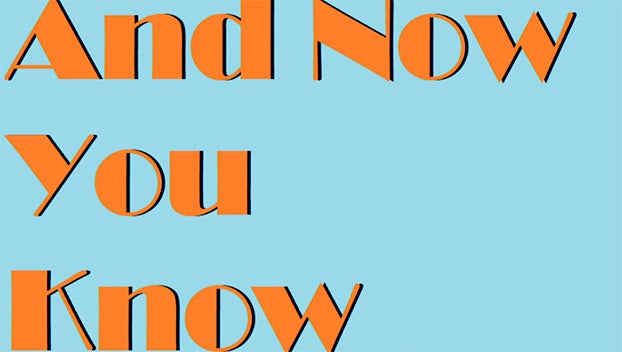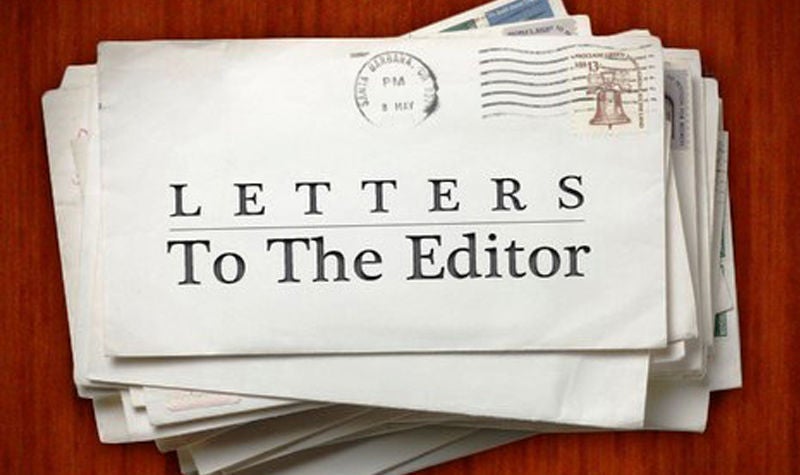Orange telephones switch to the Metropolitan Numbering System in 1956
Published 12:08 am Saturday, February 11, 2023
|
Getting your Trinity Audio player ready...
|
At 1:01 a.m. on Aug. 5, 1956, telephone customers in the Orange area were subjected to the greatest change since telephones had been in use.
Orange became part of the Metropolitan Numbering System.
At that time engineers for Southwestern Bell Telephone Company “cut the straps” on several hundred switches in the Orange office, thus converting the entire city to the two-letter, five-number type of phone numbers. At the same time wiring rearrangements on long distance equipment were completed in the local office.
Jack Bailey, local Southwestern Bell manager, explained the timing of the number change was selected because of the light calling load in the early morning hours. A crew of men had been standing by to switch the lines to the new numbering plan.
Orangeites woke up that morning to find they had the new two-letter, five-number system in effect.
After several months of planning and equipment changes, the changeover took less than five minutes. The project had been under the supervision of A.T. McQueen, local wire chief.
Dialing habits of Orange telephone users had to change, users now had to get used to making seven pulls on the telephone dial instead of five.
Numbers would now have to be preceded by the exchange TUxedo. Each customer would now have to dial the first two letters, “TU” then five digits. Bailey reminded telephone users to be sure of the numbers they wanted to use by looking them up in the new telephone directory that had just been distributed.
The old directories should be thrown away.
It was expected that there would be a great number of wrong numbers dialed after the change. Some users may have found it hard to break old dialing habits.
The telephone company made preparations to intercept misdialed calls. The operators were prepared to politely advise the caller “to look up the new number in the new directory.” For those who dialed the old number, they got a fast-busy signal, which meant “Hang up and dial the right number.”
For those whose present number began with “6,” the only change would be the addition of the two letters “TU” to the five digits presently in use.
For customers whose numbers started with “8,” the change would mean the addition of the letters “TU” plus substituting the digit “3” for the digit “8” of their number. The last four digits would not change.
Bailey pointed out the numbering change would be a major improvement in Orange. It provided a numbering scheme like those in Chicago and New York. In Texas, the system was already in use in Austin, Amarillo, Houston and Port Arthur. Beaumont would be converted to the metropolitan system Sept. 5, 1956.
The new numbering system would pave the way for improvement and expansion of long distance service and make possible continued expansion of the local telephone system.
Some of the words used in the Orange area were TUxedo, TErminal, ROckwell and REgent.
Over time the use of the two letters preceding five numbers was phased out. The reason was so many telephones had come into use and so many new numbers were put into use that those who had to make up words incorporating the two letters preceding the numbers could no longer make words that “made sense.”
“And now you know.”
— Written by Mike Louviere






